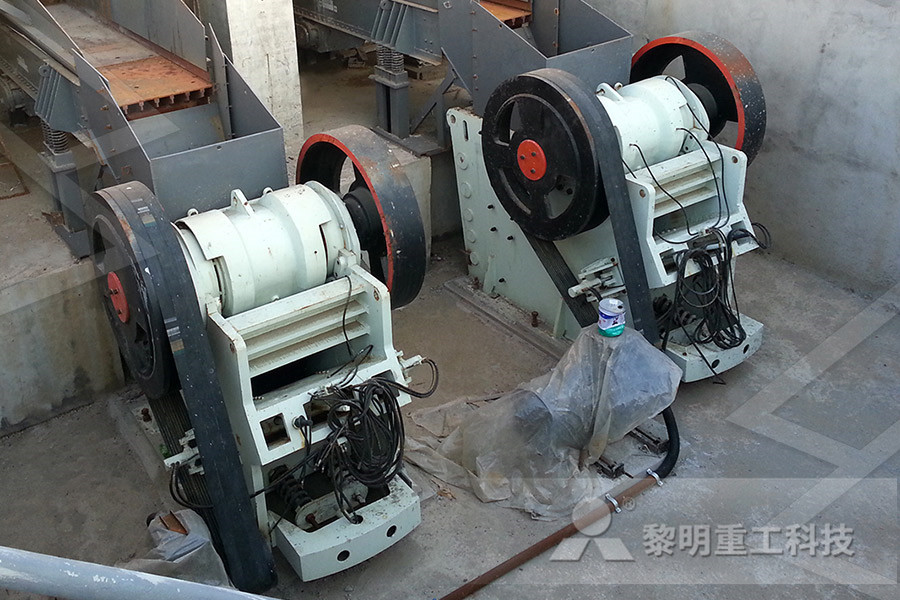
Density of Cement Sand and Aggregate Cement Density
The density of coarse aggregate used in concrete lies between 24 – 29 with a similar particle density about 24002900 Kg/m 3 (150181 lb/ft 3) What Is the Density of Fine Sand? The density of sand (fine aggregate) is ranging between 1450 – 2082 kg/m 3 depending on different conditions like wet, dry, loose, drypacked, and wet packed Density Of Cement, Sand, And Aggregate The density of building materials represents the mass of a unit volume of building materials It is expressed in kg/m 3 or lb/ft 3 in units Which shows the compactness of the building material Density is expressed as the unit weight of a substance It is represented in the calculation as a symbol named (p)Density Of Cement, Sand, And Aggregate 9 To 5 Civil Only cement is unusually used; it is used to bind coarse and fine aggregate to produce mortar and concrete The cement is mixed with fine aggregate to have Density of Cement, Sand and Aggregate, Bulk Density of
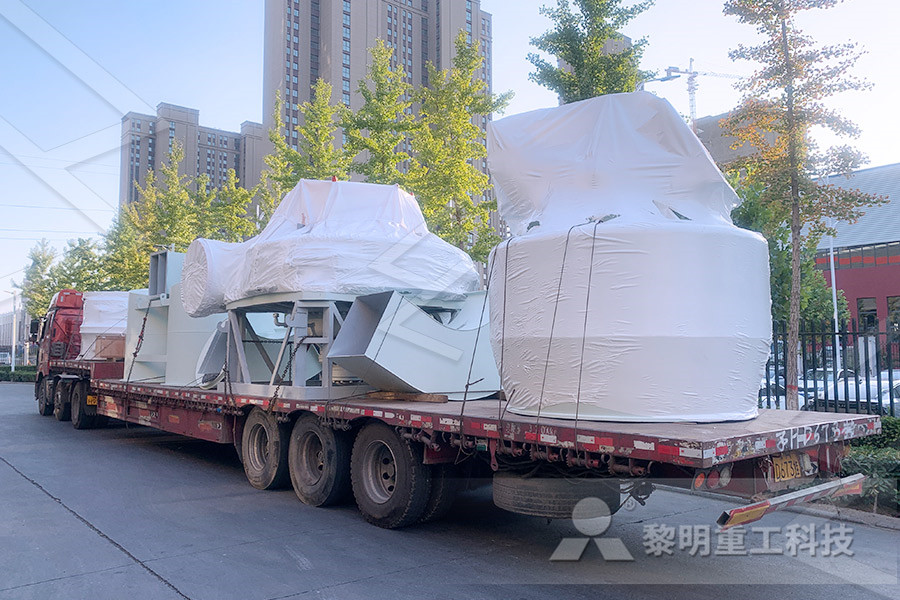
Density of Cement Sand and Aggregate in Kg/m3 list of
Cement density: generally density of cement is around 1440kg/m3 or it is measured in other unit their density is 1440 in g/cm3, 94 in lb/ft3 and 1440 in kn/m3 The cement mixed with fine aggregate produces cement mortar for masonry, or with sand and gravel produces concrete Ans 1440 kg/m3 is density of cement Density Of Cement Sand and Aggregate in Kg/M3 Density Of Cement in Kg/M3 Cement is a white powdery substance that is used as a binder, a substance that connects and hardens other materials, in construction It aids in the building of concrete, mortar, and stucco Cement is made by crushing stone, lime, and clay and then heating it to nearly 1000 degrees FahrenheitDensity Of Cement Sand and Aggregate in Kg/M3 Cement is one of the major ingredients of concrete mix Cement work as binding material and filler material in concrete which binds all aggregate, sand togetherThere are mainly two types of cement used in construction 1 OPC (Ordinary Portland Cement) 2 PCC (Pozzonala Portland Cement) The common materials used for cement manufacturing are shells, limestone, and chalk mixed with Density Of Cement Density Of Sand Sand Density
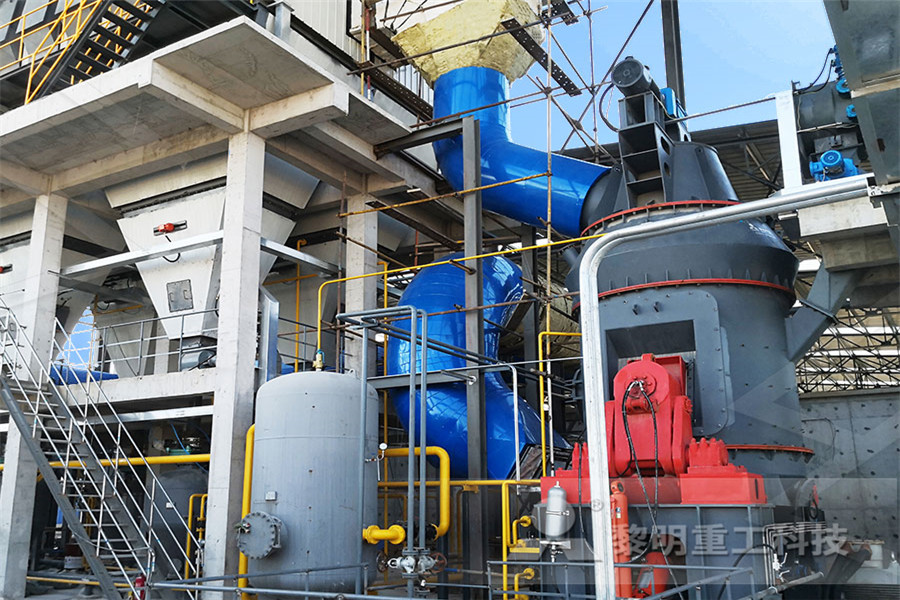
What is Density of Concrete? Cement and Aggregate
The density of a concrete masonry unit is expressed as the ovendry density of concrete in pounds per cubic foot (lb/ft 3 [kg/m 3]) Concrete is a mixture of cement, sand and coarse aggregates, water, and sometimes some supplementary materials like fly ash, slag, and various admixturesDensity of Cement = 1440 kg/ m3 = 09090 X 1440 = 1,30896 kg = 2617~27 bags Sand Quantity (Sand parts / Sum of Concrete parts) x Concrete Volume (15/55) x 5 =13636m3 Coarse Aggregate Quantity(Coarse Aggregate parts / Sum of Concrete parts) x Concrete VolumeHow to Calculate Cement, Sand and Aggregate Quantity in ( Dry concrete is 54%57% more because there is loss during preparation and also concrete contracts after drying) For M20 Concrete Cement : sand : aggregate = 1 : 15 : 3 Sum of all ratios = 1+15+3 = 55 Cement Quantity of cement = (cement ratio / Sum of ratios ) * Dry volume = (1 / 55 ) * 154 = 028 cub m Density of cement = 1440 kg Cement, Sand Aggregate Calculation in Concrete
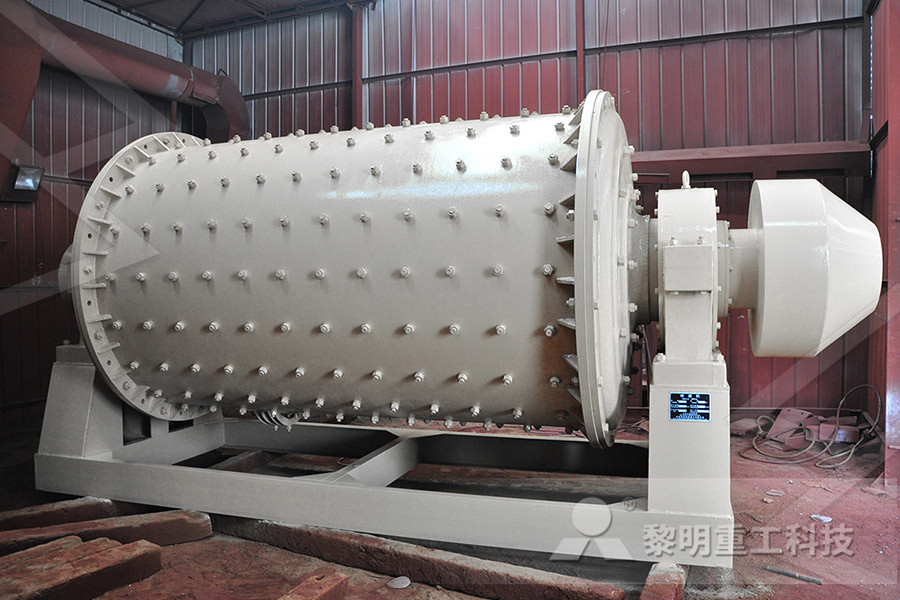
How To Calculate Cement, Sand, Aggregate Quantity In
Now we start calculation to find Cement, Sand and Aggregate quality in 1 cubic meter concrete CALCULATION FOR CEMENT QUANTITY; Cement= (1/55) x 154 = 028 m 3 ∴ 1 is a part of cement, 55 is sum of ratio Density of Cement is 1440/m 3 = 028 x 1440 = 4032 kg We know each bag of cement is 50 kg Density of Sand Sand comprise in near about 35% concrete volumes Careful mixing of cement, fine and coarse aggregates, water and admixtures produced to be good quality concrete For the construction use, River sand also known as Natural sand has a bulk density of 171 kg/m 3 M Sand also known as Manufactured Sand is a prime alternative to Density of Cement Sand and Aggregate Density of The density of a concrete masonry unit is expressed as the ovendry density of concrete in pounds per cubic foot (lb/ft 3 [kg/m 3]) Concrete is a mixture of cement, sand and coarse aggregates, water, and sometimes some supplementary materials like fly ash, slag, and various admixturesWhat is Density of Concrete? Cement and Aggregate
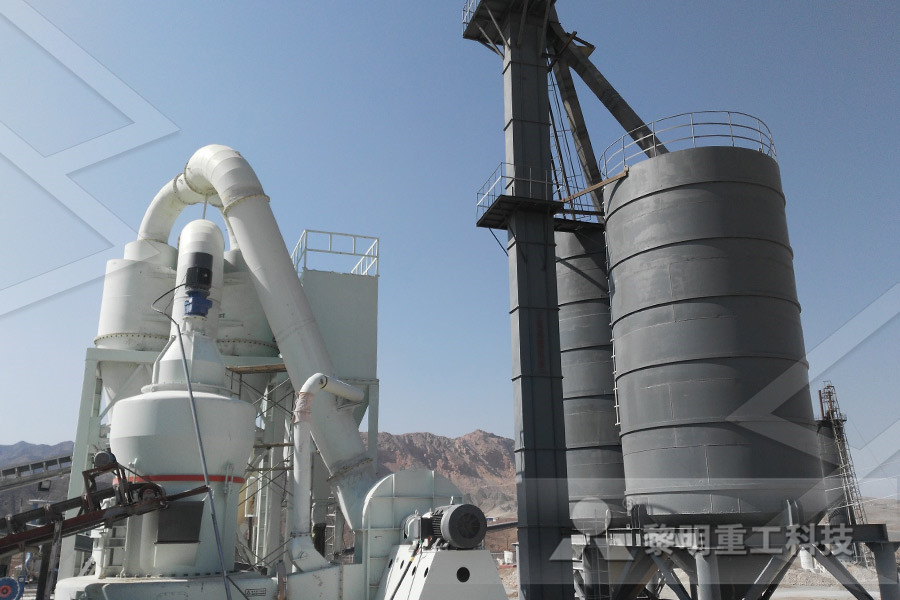
density of cement, sand and aggregate Nossa Ciência
How much cement, sand and aggregate are required for 1m3 of m25 concrete Therefore, for M15 mix (1:2:4) Cement quantity = 776 ft 3 Sand quantity = 1554 ft 3 Aggregate quantity = 3107 ft 3 ANOTHER WAY Volume = 1 m 3 M15 concrete mix is equal to 1:2:4 = 1 + 2 + 4 0 Density Of Cement,Sand,Aggregate And Steel ( Dry concrete is 54%57% more because there is loss during preparation and also concrete contracts after drying) For M20 Concrete Cement : sand : aggregate = 1 : 15 : 3 Sum of all ratios = 1+15+3 = 55 Cement Quantity of cement = (cement ratio / Sum of ratios ) * Dry volume = (1 / 55 ) * 154 = 028 cub m Density of cement = 1440 kg Cement, Sand Aggregate Calculation in Concrete The approximate bulk density of aggregate that is commonly used in normalweight concrete is between 12001750 kg/m 3 (75110 lb/ft 3) Here, the Standard test method for determining the bulk density of aggregates is given in ASTM C 29 (AASHTO T 19)Density of Aggregate Bulk and Relative Density Civil
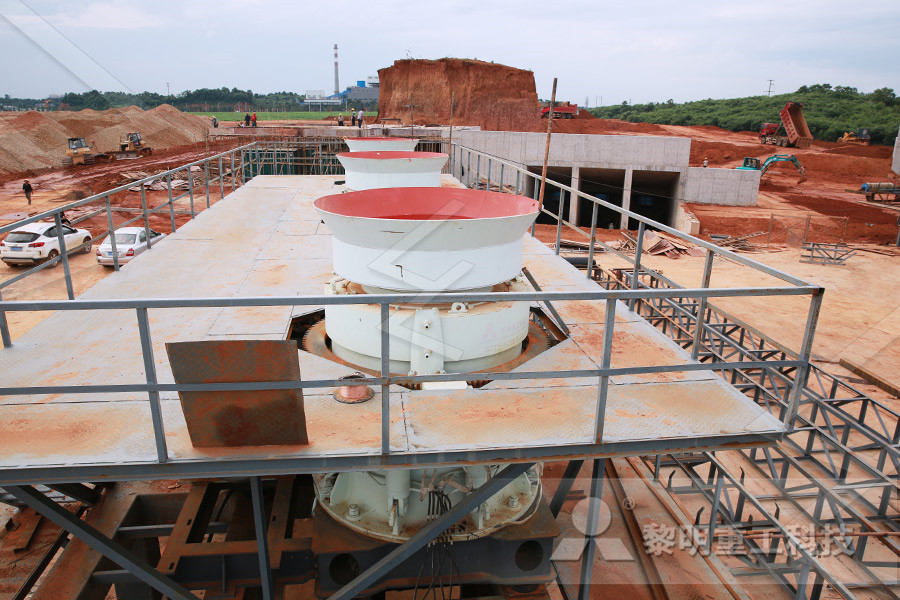
Calculate the of cement sand and aggregate
What is the Concrete Mix Ratio, exactly? The proportional proportioning of cement, sand, aggregate, and other components required to make various grades of concrete is known as the concrete mix ratioThe nominal concrete mix ratio for M20 concrete, for example, is 1:15:3 which means that to make M20 grade concrete, 1 part cement, 15 parts sand, and 3 parts aggregate are required in volume The bulk density or unit weight of an aggregate is the mass or weight of the aggregate that required to fill a container of a specified unit volume Bulk Density = Mass / volume Key Features: If the volume is unit then, Bulk Density= Mass Unit in kg/m 3 or lb/ft 3 In this definition, the volume is that contains both the aggregates and the Density of Aggregate Bulk and Relative Density Civil The quantity of sand was first measured and poured on the floor, followed by cement which was also measured and spread on the sand Both materials were thoroughly mixed using a shovel The coarse aggregate was then measured and spread on the Properties of Different Grades of Concrete Using Mix
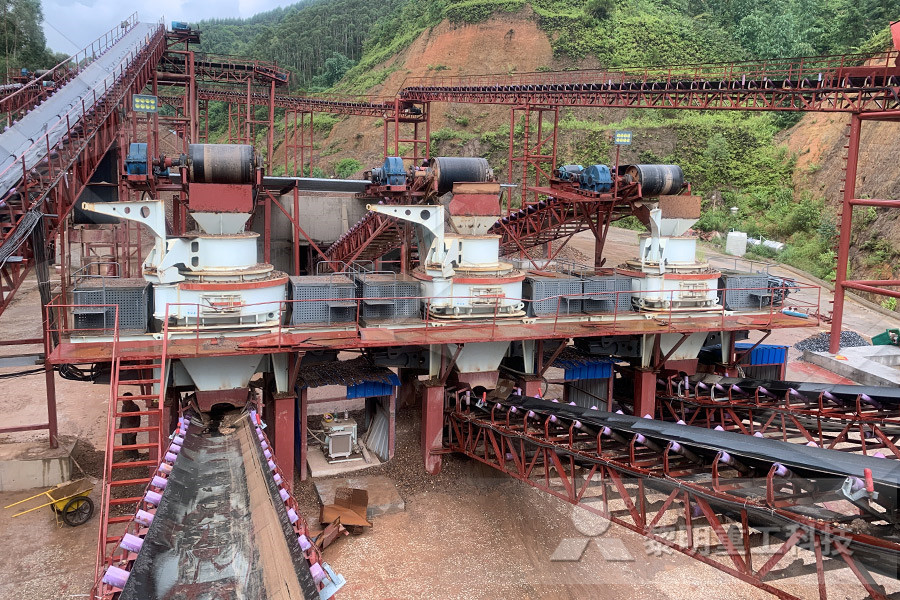
How to Calculate Cement, Sand and Coarse Aggregate
Concrete Ingredients Calculation For Cement, Sand and Coarse Aggregate This is a Volumetric Calculation Assuming we need 2 m 3 of concrete for M20 Concrete Mix, (Mix Ratio, M20 = 1 : 15 : 3) Total Part of the Concrete = 1+15+3 = 55 Why use aggregate Reduce the cost of the concrete – 1/4 1/8 of the cement price Reduce thermal cracking – 100 kg of OPC produces about 12oC temperature rise Reduces shrinkage – 10% reduction in aggregate volume can double shrinkage High aggregate : cement ratio (A/C) desirable A/C mainly influenced by cement content Imparts unit weight to concreteAggregates: Physical Properties and Mechanical Properties Density of Sand Sand comprise in near about 35% concrete volumes Careful mixing of cement, fine and coarse aggregates, water and admixtures produced to be good quality concrete For the construction use, River sand also known as Natural sand has a bulk density of 171 kg/m 3 M Sand also known as Manufactured Sand is a prime alternative to Density of Cement Sand and Aggregate Density of

Density of Aggregate Bulk and Relative Density Civil
The bulk density or unit weight of an aggregate is the mass or weight of the aggregate that required to fill a container of a specified unit volume Bulk Density = Mass / volume Key Features: If the volume is unit then, Bulk Density= Mass Unit in kg/m 3 or lb/ft 3 In this definition, the volume is that contains both the aggregates and the The approximate bulk density of aggregate that is commonly used in normalweight concrete is between 12001750 kg/m 3 (75110 lb/ft 3) Here, the Standard test method for determining the bulk density of aggregates is given in ASTM C 29 (AASHTO T 19)Density of Aggregate Bulk and Relative Density Civil Density of Cement Sand and Aggregate Cement Density The fine aggregate is natural sand that has been washed and sieved to remove particles larger than 5 mm, and the coarse aggregate is a gravel that has been crushed, washed and sieved so that the particles vary from 5 to 50 mm in sizeThe fine and coarse aggregate is delivered separatelydensity of water cement sand coarse aggregate

Density Of Water Cement Sand Coarse Aggregate
Density Of Cement Sand And Aggregate Density of Cement More Cement FAQs Cement Concrete is a composite material consisting of aggregate gravel and sand cement and water As a construction material concrete can be cast in almost any shape desired and once hardened can become a structural load bearing element Read More density lower than normal density aggregates (natural sand, gravel, and crushed stone), sometimes and is referred to as low density aggregate Structural lightweight aggregateStructural aggregate meeting the requirements of ASTM C 330 with bulk density less than 70 lb/ft³ (1120 kg/m³) for fine aggregate andCHAPTER 3 PHYSICAL PROPERTIES OF LIGHTWEIGHT The wet packing density of each mortar sample was obtained by plotting the solid concentration of the cement–aggregate–water mixture formed against the W/S ratio by volume, as shown in Fig 6 for M4, and determining the maximum solid concentration from the graph plotted as the packing density of the mortarPacking density measurement and modelling of fine

Aggregates: Physical Properties and Mechanical Properties
Why use aggregate Reduce the cost of the concrete – 1/4 1/8 of the cement price Reduce thermal cracking – 100 kg of OPC produces about 12oC temperature rise Reduces shrinkage – 10% reduction in aggregate volume can double shrinkage High aggregate : cement ratio (A/C) desirable A/C mainly influenced by cement content Imparts unit weight to concrete The quantity of sand was first measured and poured on the floor, followed by cement which was also measured and spread on the sand Both materials were thoroughly mixed using a shovel The coarse aggregate was then measured and spread on the Properties of Different Grades of Concrete Using Mix Concrete Ingredients Calculation For Cement, Sand and Coarse Aggregate This is a Volumetric Calculation Assuming we need 2 m 3 of concrete for M20 Concrete Mix, (Mix Ratio, M20 = 1 : 15 : 3) Total Part of the Concrete = 1+15+3 = 55 Parts Therefore, Cement Quantity = (Cement Part / Concrete Parts ) * Concrete VolumeHow to Calculate Cement, Sand and Coarse Aggregate